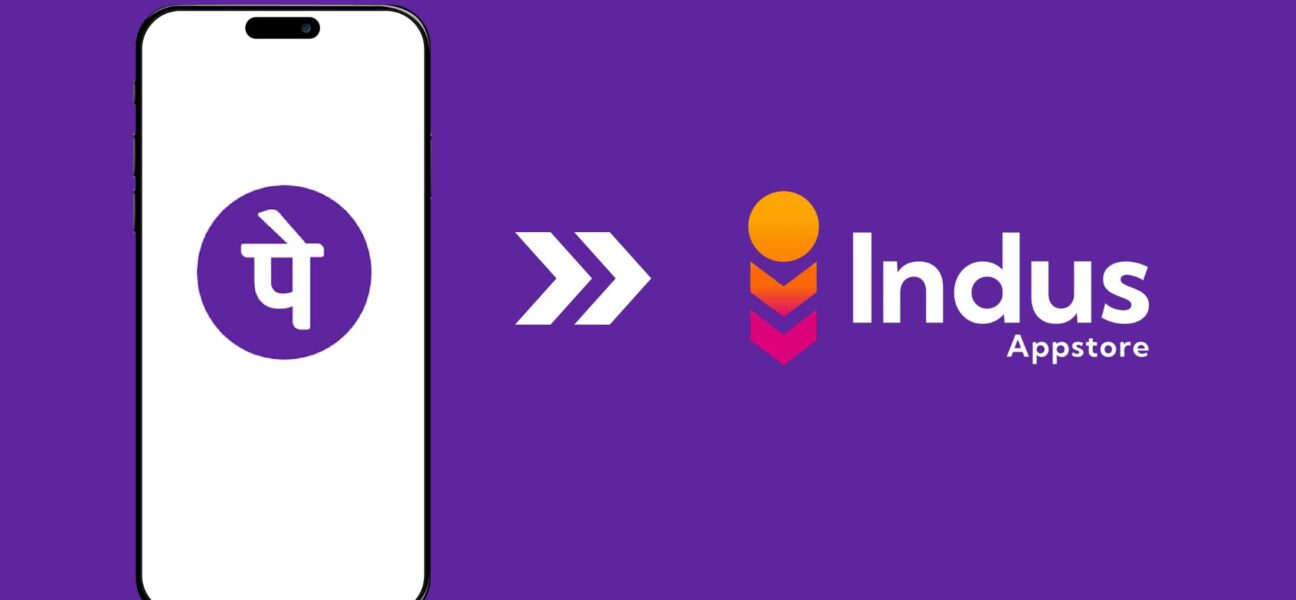Game On India PhonePe Indus Appstore Teams Up with Gaming Heavyweights
India’s digital landscape is about to witness a battle royale, and this time, it’s not just about chicken dinners. PhonePe, the country’s dominant digital payments platform, has thrown its hat.






